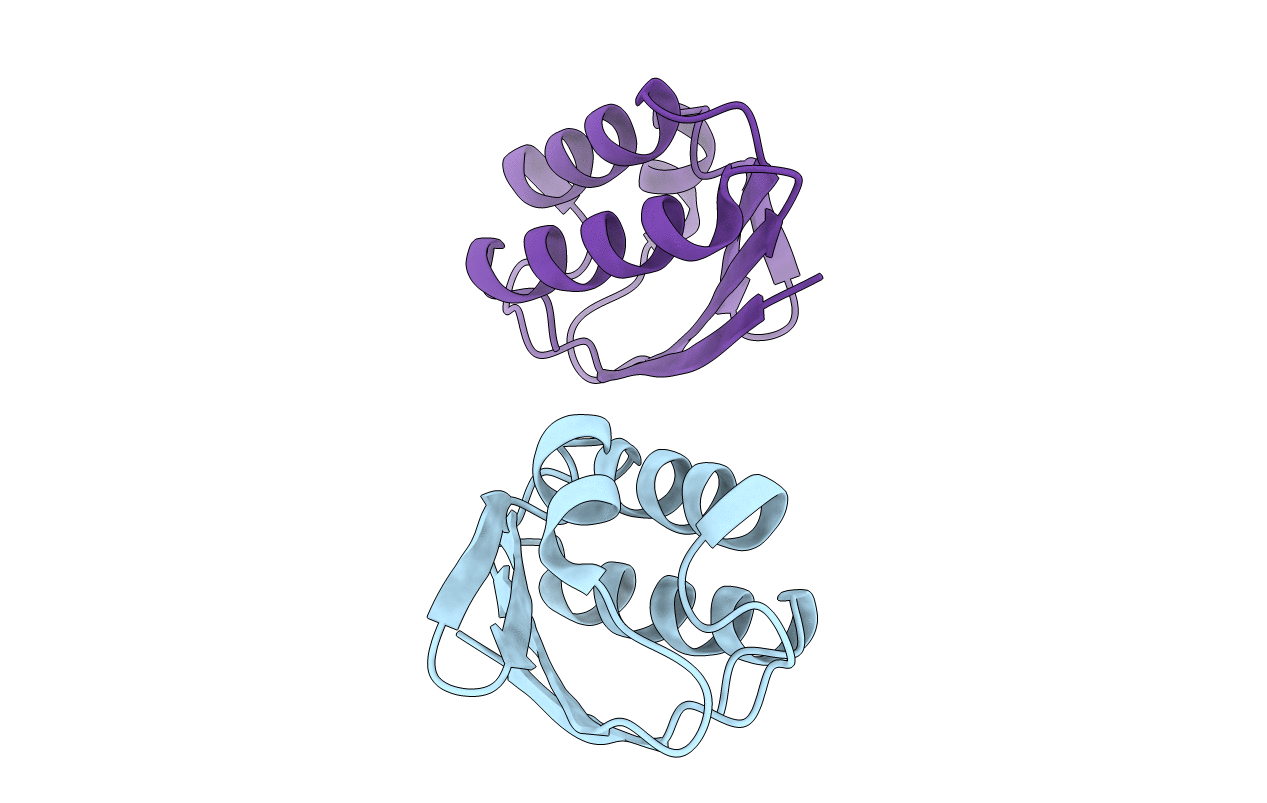
Deposition Date
2000-09-13
Release Date
2000-11-22
Last Version Date
2024-10-16
Entry Detail
PDB ID:
1FU0
Keywords:
Title:
CRYSTAL STRUCTURE ANALYSIS OF THE PHOSPHO-SERINE 46 HPR FROM ENTEROCOCCUS FAECALIS
Biological Source:
Source Organism:
Enterococcus faecalis (Taxon ID: 1351)
Method Details:
Experimental Method:
Resolution:
1.90 Å
R-Value Free:
0.23
R-Value Work:
0.17
R-Value Observed:
0.17
Space Group:
P 1 21 1


